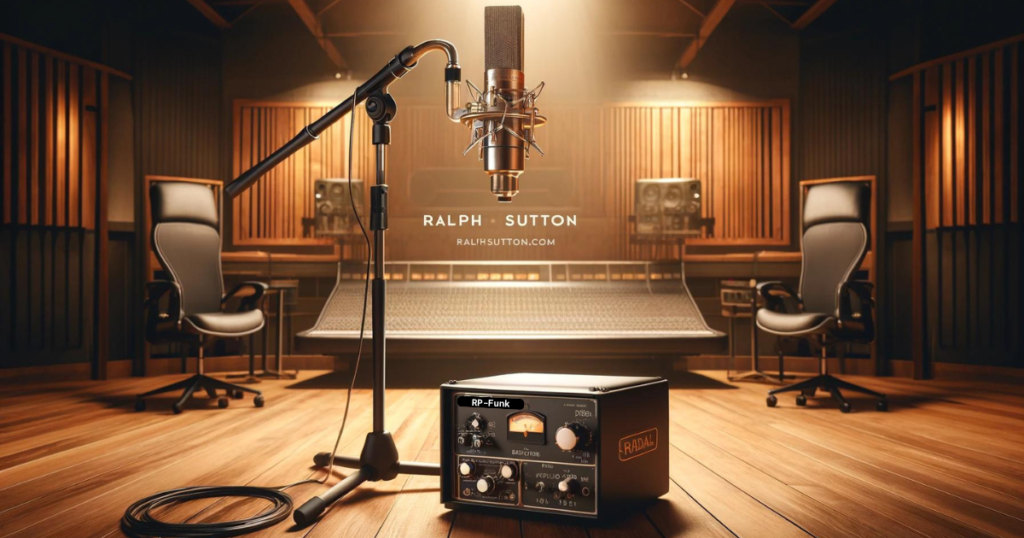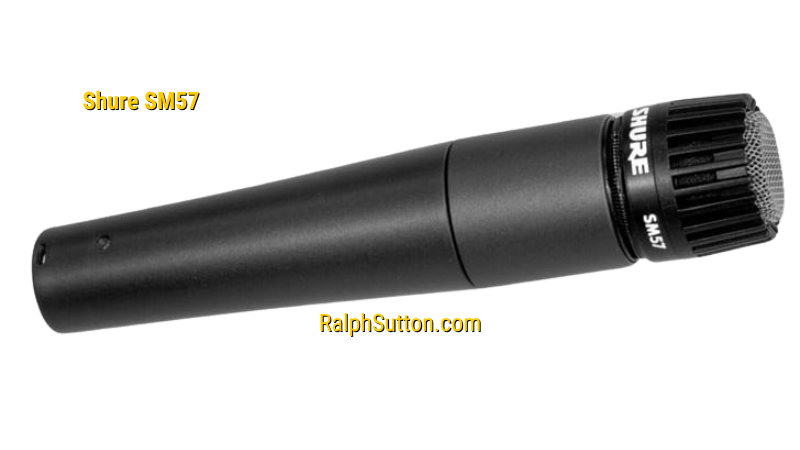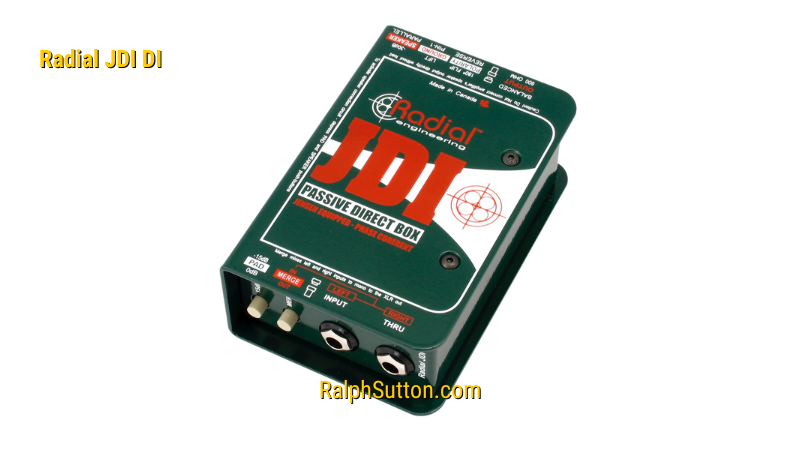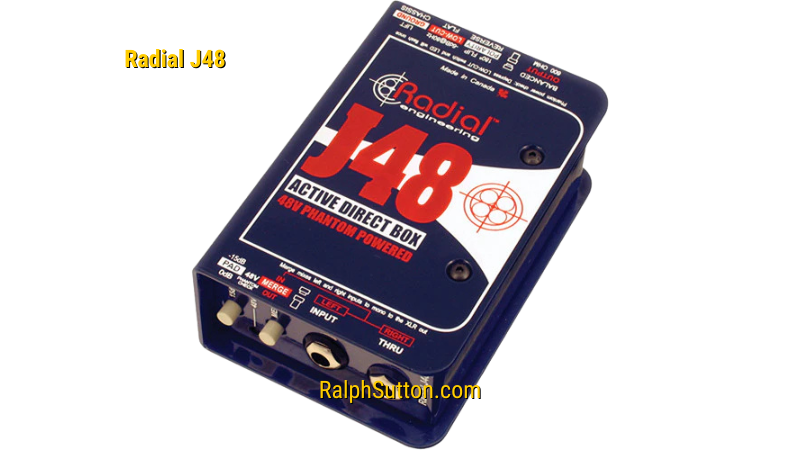Elite Recording Techniques: Mastering Microphone and Direct Box Selection for Studio Musicians
As an Elite Recording Engineer with decades of experience in recording jazz, traditional R&B, funk, and blues musicians in the studio, I understand that capturing the essence of every performance starts with selecting the right microphones and direct boxes (DIs). In this post, I’ll break down my microphone and DI selection techniques for recording studio musicians with clarity and precision.
Choosing the Right Microphone for Studio Musicians
When it comes to recording rhythm sections, one of the most important decisions I make as an Elite Recording Engineer is selecting the right microphone for the instrument or voice I’m capturing. It’s not just about putting any mic in front of a musician and hoping for the best. Each microphone has its strengths and weaknesses, and knowing how to use them makes all the difference.
Dynamic Microphones for Powerful Studio Performances
Dynamic mics are the go-to when you’re dealing with loud sound sources—think drums, electric guitars, or any instrument that brings a lot of energy to the table. These mics can handle high sound pressure levels without distortion, which makes them perfect for capturing the punch of a snare drum or the growl of a guitar amp and blast of a trumpet. Plus, they’re great at rejecting off-axis sounds, meaning you won’t pick up too much unwanted sound from other instruments in the room.
But don’t let the word “workhorse” fool you. Just because they’re sturdy doesn’t mean they’re any less capable. The Shure SM57 is a legendary dynamic mic that I’ve used countless times for miking guitar cabs, snares, and a host of other loud instruments and it always delivers.
Using Condenser Microphones for Precision in Studio Recordings
When recording studio musicians, condenser microphones provide the sensitivity and detail needed to capture the nuances of vocal performances or the shimmer of a hi-hat. Their ability to bring out the depth of a performance makes them essential tools in professional studio settings, especially for genres like jazz and blues. When recording jazz vocals or acoustic instruments, I often reach for the Neumann U87 or U67. These mics have an incredible ability to bring out the natural tone of the voice, adding depth and clarity that are crucial for intimate performances.
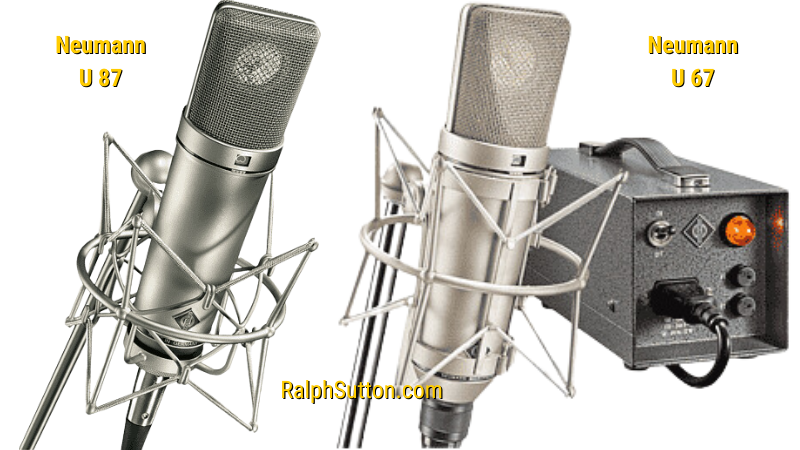
Tube Condenser Microphones: There’s something magical about tube condensers. They add warmth and richness to recordings that are hard to describe but impossible to miss. The Neumann M 149 or the vintage M 49 are my favorites for capturing the soulfulness of a jazz vocalist. These mics give the sound a vintage character, like listening to vinyl. It’s as if the singer is performing just for you, adding an emotional connection that solid-state condensers can’t quite replicate.
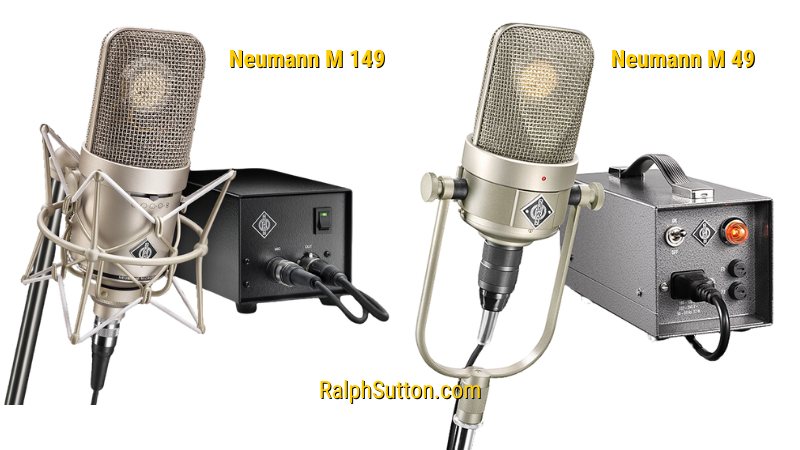
Ribbon Microphones: Smooth and Natural Sound
Ribbon microphones are in a class of their own. They’re incredibly sensitive and rely on the movement of air to capture sound, which makes them ideal for recording instruments like saxophones or acoustic guitars. When I want that smooth, natural sound—especially for horns and woodwinds—I turn to classics like the AEA R84A Active Ribbon Microphone or the AEA R44CXE High Output Ribbon Microphone. These ribbon mics have a unique ability to capture the richness and character of an instrument in a way that feels organic. But you must be careful ribbons are delicate, and a strong blast of air could damage the ribbon inside. Still, when handled with care, they deliver a sound that’s smooth, organic, and full of life.
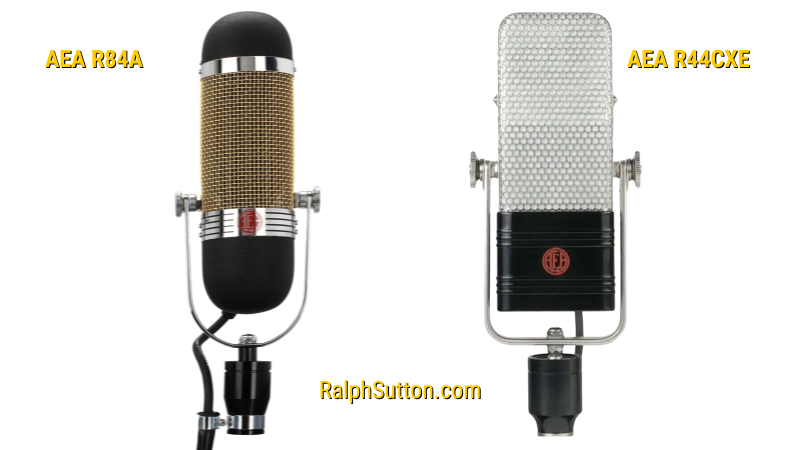
Direct Boxes (DIs)—Clean, Clear, and Consistent
Direct boxes (DIs) are essential when recording electric instruments like bass guitars or keyboards. They ensure the signal going into the recording console is clean, clear, and free of noise. Here’s how I select between the two main types of DIs based on the instrument and session needs.
Passive DIs: The Reliable All-Rounder
If I’m working with an instrument that has active electronics, like a bass guitar with a preamp, I rely on a passive DI like the Radial JDI Jensen-equipped 1-channel Passive Instrument Direct Box. This type of DI provides a clean, uncolored signal, preserving the instrument’s natural tone. For genres like funk or jazz, where a clean bass line is critical, a passive DI is the best option.
Active DIs: Boosting the Signal
For instruments with passive pickups, like most electric guitars, an active DI is needed to boost the signal, I like to use the Radial J48 1-channel Active 48v Direct Box. Active DIs ensure that every nuance of the instrument’s tone is captured, making them perfect for ballads or soulful R&B tracks where detail is paramount. The additional boost from an active DI prevents the instrument from sounding weak or dull.
Blending Techniques: Getting Creative
In some cases, I use a blend of techniques to get the best results. For example, when recording bass guitar, I might mic the amp while also running a DI. This gives me the rich low-end from the DI while capturing the amp’s unique tone. In the mixing phase, I can blend these two signals to create a fuller, more dynamic sound.
Choosing the Right Tool for the Job
In every session, there’s no one-size-fits-all solution. Each instrument, voice, and song has its unique requirements, and as an Elite Recording Engineer, my role is to assess the needs of the session and choose the right tools accordingly.
For Vocals:
Whether I’m working with a male or female jazz vocalist, I always lean towards the Neumann M 49 or M 149. These mics bring warmth, depth, and a personal connection between the artist and the listener. It’s as if the microphone captures the soul of the singer, wrapping their voice in a warmth that feels timeless.For Horns:
Depending on the session, I might reach for the SM57 or switch it up with a U87 or U67 if I want to capture more detail and richness. For more vintage-sounding projects, I’ll go with the AEA R84A Active Ribbon or the AEA R44CXE, especially for brass instruments. The combination of detail and smoothness creates a sound that just jumps off the track.For Upright Bass:
Capturing the upright bass is an art in itself. I typically use the Neumann M 49 on the F-holes for that deep, rich body sound and place a U67 near the neck to catch the finer details of the musician’s fingering. This combination allows me to control every aspect of the sound, ensuring the recording captures the full range and texture of the instrument.
Practical Examples from the Studio
Recently, I had the pleasure of recording a jazz vocalist with the Neumann M 149. The session was one of those magical moments where the microphone captured every bit of warmth and emotion from the artist’s performance. It felt as though the singer was right in the room with you, creating an intimate yet powerful listening experience.
When recording horns, I often combine an SM57 on the trumpets with a U67 on the saxophone. The SM57 handles the sharp attack of the trumpet with ease, while the U67 captures the smooth, rich tone of the sax. This balance gives the recording a live, authentic feel, even in a studio setting.
Conclusion: The Art of Capturing Live Musicians
In the world of studio recording for professional musicians, selecting the right microphone or direct box is both an art and a science. With my years of experience as an Elite Recording Engineer, I ensure that each session is recorded with precision, warmth, and emotion. Ready to elevate your recordings? Check out my gear recommendations or Contact Me for premium recording and mixing services.
As an Amazon Associate, I earn from qualifying purchases. This helps support my blog and the content I create at no additional cost to you.
